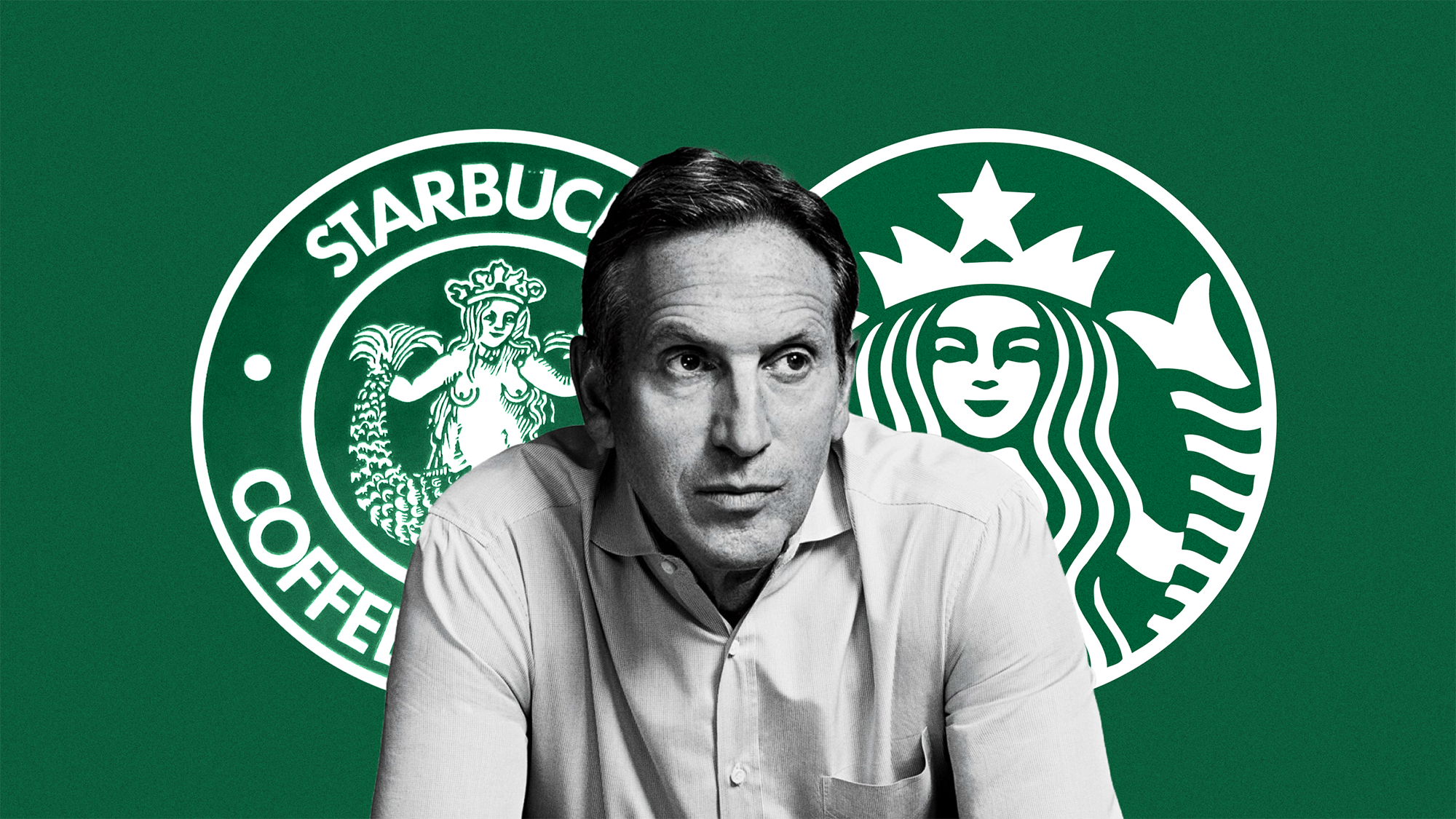In This Article
You step into this moment already reaching for a brighter future, even if you cannot fully see what it looks like yet. That’s the nature of growth—clarity often comes after movement, not before it. Most people wait for certainty before they start, not realizing that certainty is the reward for beginning. You might not have all the answers right now, but you do have the willingness to take a single step. And that willingness matters far more than having a perfect plan. Even without full visibility, you’re leaning forward, choosing possibility over paralysis, motion over fear, intention over doubt.
You carry more strength than you give yourself credit for. Strength isn’t loud or dramatic; it shows up in quiet decisions, steady discipline, and the choice to keep going even when progress feels slow. You do not need to rush or pressure yourself into quick results. There is no prize for sprinting your way into exhaustion. What you need is presence—enough to pause, breathe, and come back to why you’re doing this in the first place. When you slow down, your thoughts settle, and your direction becomes clearer. You make decisions from grounded awareness rather than urgency or overwhelm. That’s where long-term strength is built.
A Calm Decision That Sets Your Future in Motion

Every meaningful change starts with a small decision. It doesn’t feel dramatic. It doesn’t need to be. Most people think life changes when they finally feel ready, but readiness rarely comes first—movement does. When you take one calm, intentional step forward, you begin setting the direction toward a future you chose, not one you defaulted into. That small step is often the moment you begin trusting yourself again. You start learning that progress doesn’t require intensity. It requires consistency.
Small steps compound because they create momentum without overwhelming you. When you move slowly, you can see clearly. You’re not reacting to life; you’re choosing your direction based on the factors that truly matter. You notice what supports your growth and what restricts it. This gives you confidence—not the fake kind that comes from hype, but the real kind that comes from evidence. Every tiny action becomes proof that you’re capable of building something meaningful.
And as you keep going, you start to realize you don’t have to do it alone. Support from family, mentors, teachers, and community leaders becomes easier to accept once you stop moving at a frantic pace. You recognize that connection strengthens your journey. A calm choice becomes the foundation for a calm future. That’s where change begins.
Why Small Steps Create Real Change

Slowing down is not the same as stopping. When you slow down, you gain the ability to think. Most people operate in reaction mode—they respond to stress, urgency, and pressure. But when you shift out of speed and into intention, the decisions you make begin to align with your long-term goals rather than your moment-to-moment emotions. This is the core of real growth: you act based on appropriately weighted factors, not impulse.
Small steps also strip away the illusion that success requires giant leaps. Hormozi's frameworks show that progress is built through repetition of simple actions done with purpose. Consistency beats intensity every time. You don’t need a perfect plan. You need a direction, a basic action you can execute daily, and the willingness to keep showing up. Over time, this creates massive change because your identity shifts. You become someone who honors commitments—even small ones.
With each step, things feel less uncertain. You learn what matters by doing, not overthinking. And the more you improve your approach, the less you stress about the end result. This creates a durable kind of confidence—the type that makes long-term change sustainable. It’s not hype. It’s calm strength. And it’s earned.
And finally, you begin seeing how much your relationships support your growth. When you take small steps, you communicate your direction clearly to others. People know how to help you. Community becomes an asset instead of an afterthought. This is how slow, steady progress transforms into lasting change.
Understanding Your Path Forward

Your path isn’t going to look exactly like someone else’s. Hormozi's often reminds us that people want universal rules, but real life is contextual. Two people can follow the same plan and get different outcomes because their circumstances, constraints, and resources differ. That’s why clarity matters—you must understand the situation you’re in before choosing the steps that move you forward.
When you understand your path, you stop comparing yourself to others. You stop trying to move at the speed of people who have different support systems, different responsibilities, or different starting points. Instead, you evaluate your conditions and weight decisions based on what actually matters for your long-term goals. This allows you to choose intelligently, not emotionally.
Understanding your path also gives you permission to pivot. When you have clarity about your direction, you’re not shaken by temporary obstacles. If something doesn’t work, you adjust. You reassess. You strengthen your approach. And you continue moving forward with purpose. Small pivots prevent big failures because they keep you aligned with your purpose instead of attached to a rigid plan.
And as you gain awareness of your situation, you also become more receptive to support. Advisors, teachers, mentors, and community leaders play real roles in shaping your path—but only when you know what you need from them. When your direction is intentional, every form of support becomes more useful, more aligned, and more impactful.
Planning for Education and Opportunity

Education is one of the highest-leverage investments a family can make. It expands options, increases earning potential, and provides skills that last a lifetime. When you plan for education—whether for yourself or your children—you’re not just saving money. You’re building infrastructure for opportunity. This is a core principle in Hormozi’s models: build assets that generate long-term return.
Many families use state-qualified tuition programs because they offer additional advantages like tax benefits, financial aid opportunities, and certain state-based incentives. These programs may include scholarship funds, municipal securities, or other tools that create financial leverage. But each state varies, and the benefits your beneficiary receives often depend on their home state. This is why evaluating a state’s specific program matters—different states provide different advantages.
Planning for education also forces you to think in decades, not days. This long-term mindset reduces emotional decision-making and increases the likelihood of financial stability. Whether you’re building a savings portfolio or evaluating different investment options within a 529 plan, you’re practicing weighted decision-making. You consider taxes, future costs, risk tolerance, and the long-term outcomes you want to create. You shift from spending to investing.
And these opportunities don’t just impact individuals—they strengthen communities. When families plan for education, more students gain access to higher learning, which lifts entire neighborhoods and local economies. Education is a compounding asset. It’s not just a cost; it’s a contribution to the future.
READ ALSO: Early Life Failure: The Soil Where You Start to Flourish
Making Confident Financial Choices

Confidence in financial decisions comes from clarity, not luck. Every financial choice you make—whether investing, saving, or selecting a state-based education program—carries consequences. Hormozi’s frameworks emphasize understanding your constraints, evaluating your opportunities, and choosing actions with the highest weighted upside. This applies perfectly to financial planning.
State-qualified tuition programs often come with tax benefits or scholarships depending on where you live. But not all investment options have federal guarantees. Some portfolios, such as certain savings options backed through FDIC-insured banks, do offer added security, while others carry market risk. Knowing which is which is your responsibility as the account owner. You become the manager of your own outcomes.
Confident financial choices also require awareness of creditors’ policies, investment objectives, and your long-term goals. When you evaluate these factors, you stop reacting to fear or speculation. Instead, you use principles, not emotions, to guide decisions. This creates long-term stability and reduces regret.
Finally, financial confidence grows when you gather accurate information. That means reviewing program descriptions, reading participation agreements, and understanding each plan’s features, risks, charges, and administrative structures. The more you know, the more effectively you can protect your financial future.
Support That Strengthens Growth

No one scales alone. Hormozi’s frameworks highlight that every major milestone in business or life comes from leveraging support—mentorship, community, advisors, or aligned peers. The same applies to financial planning and educational decision-making. Support accelerates clarity, reduces mistakes, and increases the quality of your choices.
Talking to financial advisors, educators, or community leaders helps you see blind spots you wouldn’t find on your own. These people provide guidance based on experience, not emotion. They help you understand your options, evaluate risk, and make decisions that align with your long-term goals. Support is not a sign of weakness; it’s a sign of strategic thinking.
Support also provides accountability. When someone understands your goals, they can help you stay aligned with them. They can answer questions, offer resources, or simplify complex topics like taxes, investment risk, or municipal securities. This makes the process less stressful and more intentional.
And perhaps most importantly, support gives you emotional stability. Planning for the future—especially when money is involved—can feel overwhelming. A trusted advisor or local leader helps you approach these decisions with clarity instead of pressure. Support removes confusion and replaces it with direction.
Understanding Program Structure

Every good plan has structure. A state’s qualified tuition program includes many moving parts: investment options, administrative services, fees, risks, and operating procedures. Reviewing the program description is your responsibility as an account owner. This is where you learn how the plan works, what protections it offers, and what limitations you need to understand.
Many plans are managed by companies like Ascensus Broker Dealer Services, which handle day-to-day operations, marketing, and investment oversight. Some programs also involve investment managers who guide financial decisions. In certain cases, banking partners like Sallie Mae Bank support FDIC-insured portfolios. Others may be subject to market fluctuations and carry different risk profiles. Understanding these distinctions protects you.
A state committee typically oversees regulatory compliance, investment performance, and administrative integrity. This ensures the program operates legally, transparently, and in the best interest of beneficiaries. But oversight does not replace your responsibility to understand the details. You must still review risks, charges, and potential outcomes.
When you fully understand the structure, you make better decisions. Instead of being surprised by fees or market changes, you expect them. Instead of guessing at future performance, you know how your portfolio behaves in different conditions. Structure gives you predictability. Predictability reduces stress. And reduced stress increases clarity.
READ ALSO: Strategic Goal Setting, One Aligned Step at a Time
Remaining Mindful With Money

Money grows when you pay attention to it. Investing, saving, and sending funds all involve risk—market changes, performance variations, and potential loss. This is normal. What matters is how you respond to these realities. Hormozi’s frameworks emphasize focusing on the variables within your control and releasing the ones outside of it.
Mindfulness with money means you evaluate decisions based on long-term outcomes. You don’t chase trends or react emotionally to market swings. Instead, you assess risk, understand your portfolio’s structure, and choose investments aligned with your tolerance and goals. This is how you protect your financial future without sacrificing growth.
Mindfulness also means acknowledging the possibility of loss. Every investment carries some level of uncertainty. But uncertainty does not equal danger—uncertainty is simply the cost of potential gain. When you understand this, you stop fearing risk and start managing it intelligently.
Finally, mindfulness ensures that every action you take is intentional. You don’t move money blindly—you make sure you understand what it means. You review the details before you invest. And every decision you make comes from clarity, not guesswork. This is how small, consistent, intentional choices create long-term financial peace.
Navigating Tax Implications

Tax consequences are often overlooked, but they matter. When you invest in a state-qualified tuition program, you may receive state-based tax benefits, deductions, or scholarships—but only if you understand the rules of your home state. These benefits vary widely, and uninformed decisions can lead to missed opportunities.
Understanding tax implications also prevents surprises. Some investment options within a plan grow tax-free when used for qualified education expenses. Others may not provide the same advantages. Reviewing the rules ahead of time allows you to structure your savings in the most beneficial way possible.
Advisors and community leaders can be valuable here. Taxes, municipal securities, and investment risk can feel complicated, but experts can simplify them. Guidance helps you navigate the system without confusion. The better informed you are, the more confidently you can plan for your child’s education or your own learning journey.
When you understand the tax landscape, you stop guessing. You start using every advantage available to you. This is how families make strategic, long-term decisions—and how communities benefit through increased access to education.
Protecting Your Future

Investing is more than a financial choice—it’s a commitment to stability, growth, and protection. When you invest for your children or yourself, you’re signaling that you value long-term security over short-term comfort. This mindset mirrors Hormozi’s core principle: prioritize assets that compound over time.
Protecting your future requires discipline. Investing isn’t always convenient, but you do it anyway. You plan early, long before expenses become real. And you create opportunities for your family and community because you trust the long-term impact of education. These choices compound into generational outcomes.
Access to educational resources and savings programs helps families create stability. When students have opportunities, communities strengthen. When communities strengthen, future generations rise. This is the ripple effect of intentional planning.
And through it all, you maintain balance. You stay intentional, not frantic. You choose based on truth, not tension. Your future stacks up because you stay steady and clear.
A Calm Takeaway

A calm choice today can change the entire direction of your future. You don’t need dramatic action or perfect timing. You need one intentional step. That step becomes momentum. Momentum becomes progress. Progress becomes a future you built with clarity and confidence.
Small decisions compound. Support strengthens you. Knowledge protects you. And the future grows brighter—not just for you, but for the communities you touch.





















